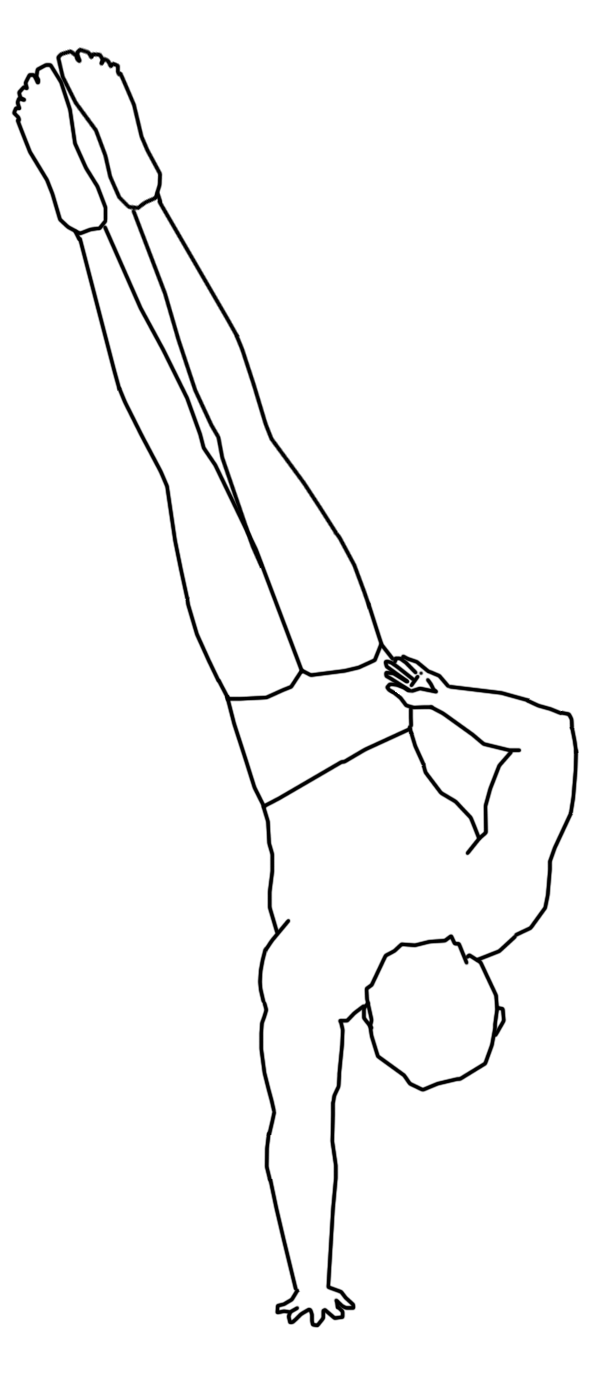The vast majority of people that come to this site are beginners looking to get into a handstand for the first time.
Yes, there are those that can effortlessly hold a one arm handstand but they are few and far between. And everyone else is jealous of them of course. 😉
I was working with a client named Tom yesterday who has a goal of doing a freestanding handstand.
I told him that when I started doing handstands I made every single mistake you could. Only through my persistence was I finally successful.
But for Tom and you, it doesn’t have to be that way.
I told him all about the lead-up stunts and how these allow you to build the skills necessary to do a handstand but do it in an easier method then the handstand itself.
Can’t hold a stable headstand? You shouldn’t be working on the handstand. (I made that mistake.)
Can’t kickup very well? You should practice that instead of just the handstand. (You guessed it, another mistake of mine.)
Barely can hold a handstand against the wall for ten seconds? You should improve your position and endurance before going freestanding. (Okay, here’s one I wasn’t so bad in.)
As you may know I just completely re-did my Secrets of the Handstand Quick Start DVD. This is 2.0. While I had upgraded it in the past this time it was redone from the ground up.
It totals 80 minutes long as there was so much information to cram on there that will get you into a handstand faster then anything else.
I’m testing something on a new site. But since you’re already a loyal subscriber you won’t need to subscribe again.
https://www.handstandmastery.com/yourvideo/
If you’ve been around awhile you may already have these gifts. If not, grab them know.
There’s a video that gives you more details on the lead-up stunts.
There’s a special report that details 10 mistakes people make when doing the handstand.
And lastly a mp3 of a special call I did with Jim Bathurst from Beast Skills that goes over all manner of hand balancing skills.
Then and only then if you want you can take me up on my ridiculously generous offer on the new Secrets of the Handstand 2.0
I’ll leave you to see why its’ so great by going to the next page.
https://www.handstandmastery.com/yourvideo/
Good Luck and Good Hand Balancing,
Logan Christopher
P.S. If you’re still struggling with the freestanding handstand run over to this page right now and see what I’ve got for you.
https://www.handstandmastery.com/yourvideo/
P.S.S. Even if you can easily do a handstand you may still want to check this out…






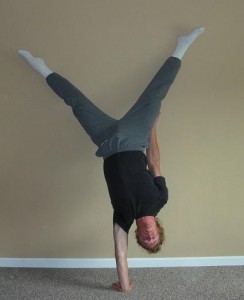 As was
As was 
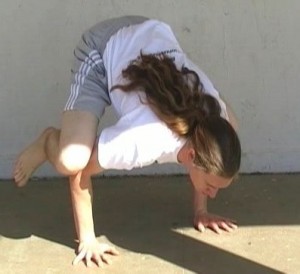
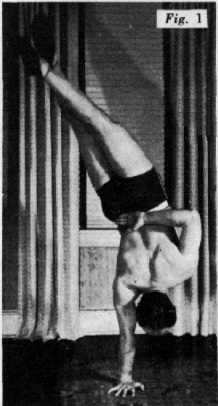

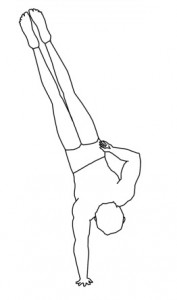 “This does not mean that you must be able to perform all of the hundreds of tricks in my basic course “Handbalancing Made Easy”. It simply means that you must be able to press into a perfect Two-Hand Handstand and hold it with absolute control. It means that your elbows must be straight and locked, that your shoulders must be stretched out and locked, that your back must be only slightly arched, your knees perfectly straight and your toes pointed.
“This does not mean that you must be able to perform all of the hundreds of tricks in my basic course “Handbalancing Made Easy”. It simply means that you must be able to press into a perfect Two-Hand Handstand and hold it with absolute control. It means that your elbows must be straight and locked, that your shoulders must be stretched out and locked, that your back must be only slightly arched, your knees perfectly straight and your toes pointed.